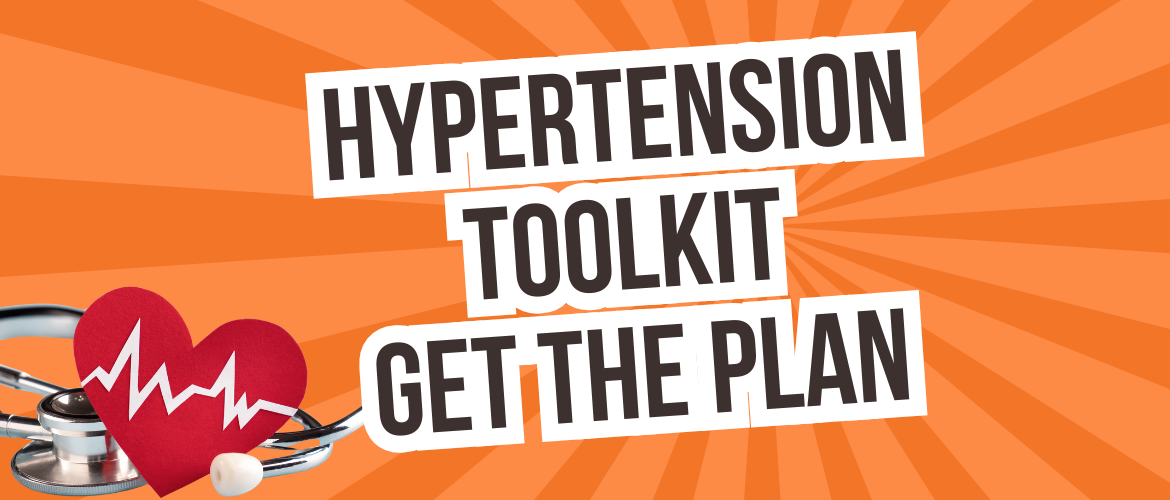GET IN TOUCH TODAY!
"*" indicates required fields

Many clients will have high blood pressure (BP). It’s often symptom-free but raises the risk of heart attack, stroke, kidney problems, and eye damage. With smart screening and well-planned training, exercise and lifestyle change can bring BP down and improve long-term health.
Blood pressure that stays high over time. Most people feel normal, which is why screening questions and occasional BP checks are important.
Chest pain or tightness
Sudden weakness, face droop, slurred speech, or confusion
Severe breathlessness or new visual changes
Age and family history
Extra body weight
High sodium (salt), low fruit/veg intake
Inactivity, alcohol, tobacco
Poor sleep and high stress
Coach tip: Measure—don’t guess. Ask about previous readings and, if available, note resting BP from home or clinic measurements.
Early or newly diagnosed: Lifestyle changes can improve BP quickly. Build confidence, routine, and adherence.
Poorly controlled or long-standing: Lower tolerance for sudden intensity spikes. Use steadier workloads plus longer warm-ups and cool-downs.
Well-controlled on treatment: Broader training options, but re-check tolerance after any medication change.
For thresholds, targets, and treatment steps, follow current national guidance (e.g., NICE).
ACE inhibitors / ARBs / Calcium-channel blockers: Generally fine for training. Watch for dizziness—especially in heat or with faster progressions.
Diuretics (“water tablets”): Higher risk of cramps, dehydration, and light-headedness. Emphasise hydration, slower position changes, and longer cool-downs.
Beta-blockers: Heart rate (HR) sits lower and rises less. Don’t rely on HR zones—coach with RPE and the talk test. Expect a calmer cardio response and a slightly lower top end.
Ask:
“Have you been diagnosed with high BP, and are you on treatment?”
“Any recent medication changes?”
“Do you feel dizzy when you stand up quickly?”
Record resting BP (if available), current meds, and any dizziness on standing. If unwell or any red flags are present, don’t train—advise medical review.
Start easy and build gradually (walk, cycle, row).
Add light mobility.
Avoid sudden intensity spikes.
Begin with 20–40 minutes at RPE 3–4/10 (able to talk in full sentences).
Aim for most days of the week.
Progress time → frequency → intensity (in that order).
Once BP is controlled and steady aerobic work feels good, add short submax intervals:
1–3 minutes at RPE 5–6/10, with equal easy recovery.
Avoid near-max efforts early on, in hot environments, or straight after medication changes.
6–8 movements covering: push, pull, hinge, squat, carry, and core.
1–3 sets of 8–12+ reps at a controlled tempo.
Breathe continuously (no prolonged breath holds).
Rest 60–120 seconds between sets.
Progress reps/sets before load.
Easy movement and relaxed diaphragmatic breathing.
Stand up in stages to reduce light-headedness.
Use RPE + talk test instead of HR.
Extend warm-ups/cool-downs and expect lower peak intensity and slower HR changes.
Be active most days, plus 2–3 resistance sessions weekly.
DASH-style eating: more fruit, veg, whole grains, beans, nuts, fish, low-fat dairy; reduce sodium.
Weight management, alcohol moderation, tobacco cessation, better sleep, and stress routines all support BP control and exercise adherence.
Build confidence working with clinical populations and get plug-and-play screening tools, red-flag knowledge, and condition-specific programming.
→ Check out the Level 3 Exercise Referral Qualification to level up screening, medication considerations, and practical programming with clients who have common medical conditions.
"*" indicates required fields